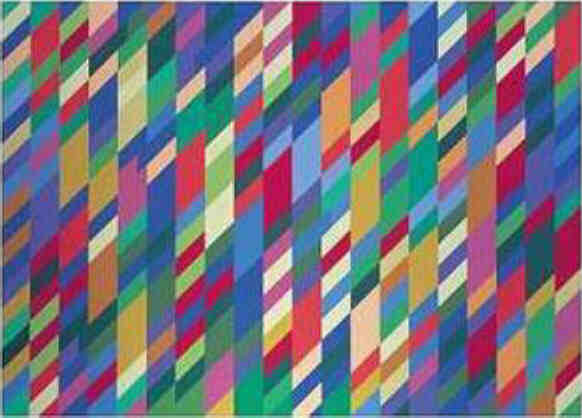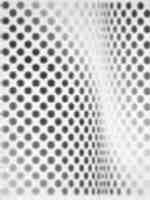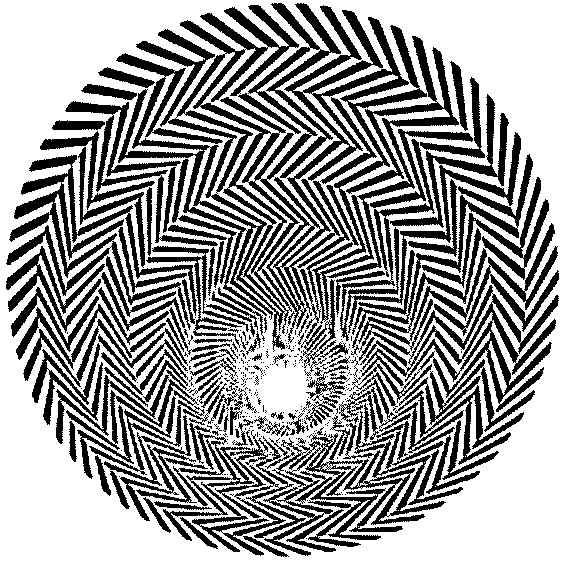The
1940s were years of great success for de Kooning. His first one-man show
took place in 1948 at New York’s Charles Egan Gallery and was a critical
success. It featured 10 abstract paintings, the majority of which had been
rendered in black and white. Around this time, influential art critic Clement
Greenberg named de Kooning one of the most important painters of the 20th
century. In June 1950, he was among six American artists (and, along with
Jackson Pollock and Arshile Gorky, one of three Abstract Expressionist painters)
chosen by the Museum of Modern Art’s Alfred H. Barr for exhibition in the
25th Venice Biennale in Italy. The following April marked his second one-man
show; that year he also received, for Excavation, the $2000 Logan Medal
and Purchase Prize from The Art Institute of Chicago’s 60th Annual Survey
of American Painting. De Kooning was also among the artists chosen by the
Museum of Modern Art to represent the United States at the 27th Biennale
International in Venice, Italy.
In March 1953, the Sidney Janis Gallery presented
an exhibit of de Kooning’s work that featured six large oil paintings and
several pastel sketches of a seated woman. The Woman series marked
a move toward figurative representation, an approach that had been rejected
by most other artists and thinkers associated with the Abstract Expressionist
movement. The Museum of Modern Art bought the US works from the Venice exhibition
for display in the New York museum’s 27th Biennale in 1954. The show focused
on the work of Ben Shahn and de Kooning, and 27 of de Kooning’s paintings
and drawings were available for view at the exhibit.
In the late 1950s, de Kooning painted a number
of large landscapes depicting quick impressions of urban scenes and highways,
including Gotham News (1956), Backyard on 10th Street
(1956), and Montauk Highway (1958). The painter moved in 1961 to
East Hampton, Long Island, which was a favored locale among painters of
the period. There, he began work on a glass-walled studio that was not fully
completed until 1969. In the mid-1960s, with works such as Clam Diggers
(1964) and Singing Woman (1965), he returned to the subject of
women, this time placing the female figure in abstract landscapes. De Kooning
would revisit this subject matter throughout his career.
De Kooning’s later work focused on an extended
examination of color and light, and he produced many untitled works that
featured women and marine creatures, often employing unmixed colors. By
the 1980s, a decade in which he completed over 300 pieces, his work took
on a simpler form, emphasizing abstract orange, blue, and red lines that
leapt from a canvas painted white. In this later work, de Kooning turned
away from the influence of Picasso and began to look more toward the colorful
silhouettes of late Matisse.
Although he had been a hard drinker for much
of his life, de Kooning abstained from alcohol in his later years. As he
aged, the artist also suffered from the short-term memory loss associated
with Alzheimer’s disease; fortunately, the disease did not affect his technical
ability. Of de Kooning’s generation of painters, he was one of the few to
survive to old age: Arshile Gorky and Mark Rothko committed suicide in 1948
and 1970, respectively, Jackson Pollock died in a car crash in 1956, and
Franz Kline succumbed to a heart attack in 1962. De Kooning would not pass
away until 1997, after a long battle with Alzheimer’s.
Willem de Kooning’s work, vibrant and sometimes
aggressive, continues to inspire generations of painters. Through their
choice of residence and lifestyle, he and the other members of the New York
School of painting helped to establish New York City as a center for artistic
activity. DeKooning’s particular use of gestural painting ensured that he
will be remembered as one of the most original and startling artists of
the 20th century.
— In 1963, after more than four decades in New York City, Willem De
Kooning moved permanently to Springs, on the far end of Long Island. The
expansive landscape, with its North Atlantic light, low-lying dunes, surrounding
water, and deep-green foliage and fields, reminded the artist of his native
Holland. From the time he settled in Springs at the age of fifty-nine, de
Kooning embarked on a body of work often thought to rival that of Monet
in its fresh momentum. The reference points of his art, landscape, figure,
and gestural abstraction, meld seamlessly together. Working exclusively
during daylight hours in a large, open studio with floor-to-ceiling windows,
de Kooning immersed himself in the subtleties of the steely gray-green landscape
and luxuriated in the quality of the light and colors there. In contrast
to his heroic and often turbulent earlier canvases, these late paintings
reflect his joyous response to nature. Nature, for him, is at once edenic
yet soulful; the transience of the pleasures he celebrates is always keenly
present.
— LINKS
— (Blood
and the Torso) — (Wall
next to the suicide bombing)
— Woman 1
(1952; 1000x758pix, 230kb _ ZOOM
to 1400x1050pix) _ De Kooning described the figurative motif of this painting
not as a representation but as a thing slapped on the canvas, liberating
him from formal anxieties. Woman I "did one thing for me: it eliminated
composition, arrangement, relationships, light, because that [motif] was
the one thing I wanted to get hold of. I thought I might as well stick to
the idea that it's got two eyes, a nose and mouth and neck."
Eyes as big as grenades, teeth grinning violently,
huge limbs, mountainous breasts - this "woman" is exaggeratedly, absurdly
physical and at the same time not there at all, a spewed monster of fantasy,
a crude graffito that took two anguished years to paint. Pink legs stick
out of a red and yellow white-flecked inferno of skirt, the white clouds
of the bosom float in de Kooning's mind as apocalyptically remote as the
bride that hangs above the bachelors in Duchamp's Large Glass.
This is a ballad of sexual frustration. If
you had to visualise de Kooning's relationship to the woman, you would picture
him trying to make polite conversation, or ignoring her sitting across from
him on the subway, while desire pounded his brain.
It is a comic painting, in contrast to the
tragic vision of a Rothko or late Pollock, but it would be missing the point
to see it as "figurative" in the British sense; on the contrary, it opens
up new areas of erotic, everyday life to abstract art. Compare it with Bacon
or Freud and you see how remote this painting is from the melancholy of
traditional figuration. There is no body here. The woman is a woman in the
painter's mind - a fabulation of colour and brushwork, with the splattered,
pushed, released paint telling us unequivocally that it is a furiously sexual
vision.
Despite the fierce heterosexuality of Woman
I , the artists who first followed de Kooning into this new space between
abstraction and the real world dealt in sexual ambiguity - Rauschenberg's
Combines with their louche brushwork and dangled images and Twombly's savagely
eroticised paintings such as Bay of Naples (1961). Closer in spirit
to de Kooning's lusty cartoon are Oldenburg's fantasies of mass-produced
consumables inflated, sexualised. The giant lipstick he mounted on caterpillar
tracks might belong to de Kooning's Woman 1.
— Night
(1948, 58x71cm; 880x1120pix, 793kb _ ZOOM
to 1794x2283pix) _ The forms of Night are rich with suggestion.
Some vaguely resemble human anatomy, while others recall architecture. These
ambiguous shapes seem to float and jostle on the picture's surface. Night
belongs to a series of abstract black-and-white paintings, inspired by de
Kooning's late-night walks in New York, that express the spirit and texture
of the modern metropolis. The broken brushwork and areas of scraping and
reworking suggest the nervous energy of urban life, or the inner turmoil
of the artist. De Kooning was one of the most emotionally expressive Abstract
Expressionists and an important influence on younger gestural painters.
— Untitled,
1985 (196x223cm) (Two Dancers) _ De Kooning returned again and again
to the image of woman. The idyllic bacchanals of Renoir, Cézanne, Matisse,
and Rubens were inspirations for him. In contrast to the aggressive femme
fatales who peer at the viewer in his 1950s canvases, however, his late
women are earthy (and at times ironically caricatured) sun-drenched nymphs
cavorting amid the seaside landscape. De Kooning’s canvases of the 1980s
are concise. The flow of his gesture is closely related to the economic
line of his drawings rather than to the material mass of brushstrokes. In
Untitled, 1985, the calligraphy simultaneously evokes windswept
organic forms and two women (seen from front and back), arms interlocked
and legs in dancelike attitude. The swaying movement recalls Matisse’s bucolic
masterpiece The Dance, whose unbridled view of female sensuality, observed
from a distance as if at a performance, de Kooning shares. With the artist’s
advancing age, voluptuousness also takes on a redemptive edge; he said,
“I think of woman as being light, soaring upward instead of heavily attached
to the ground.”
|
 site safe for children
site safe for children 


